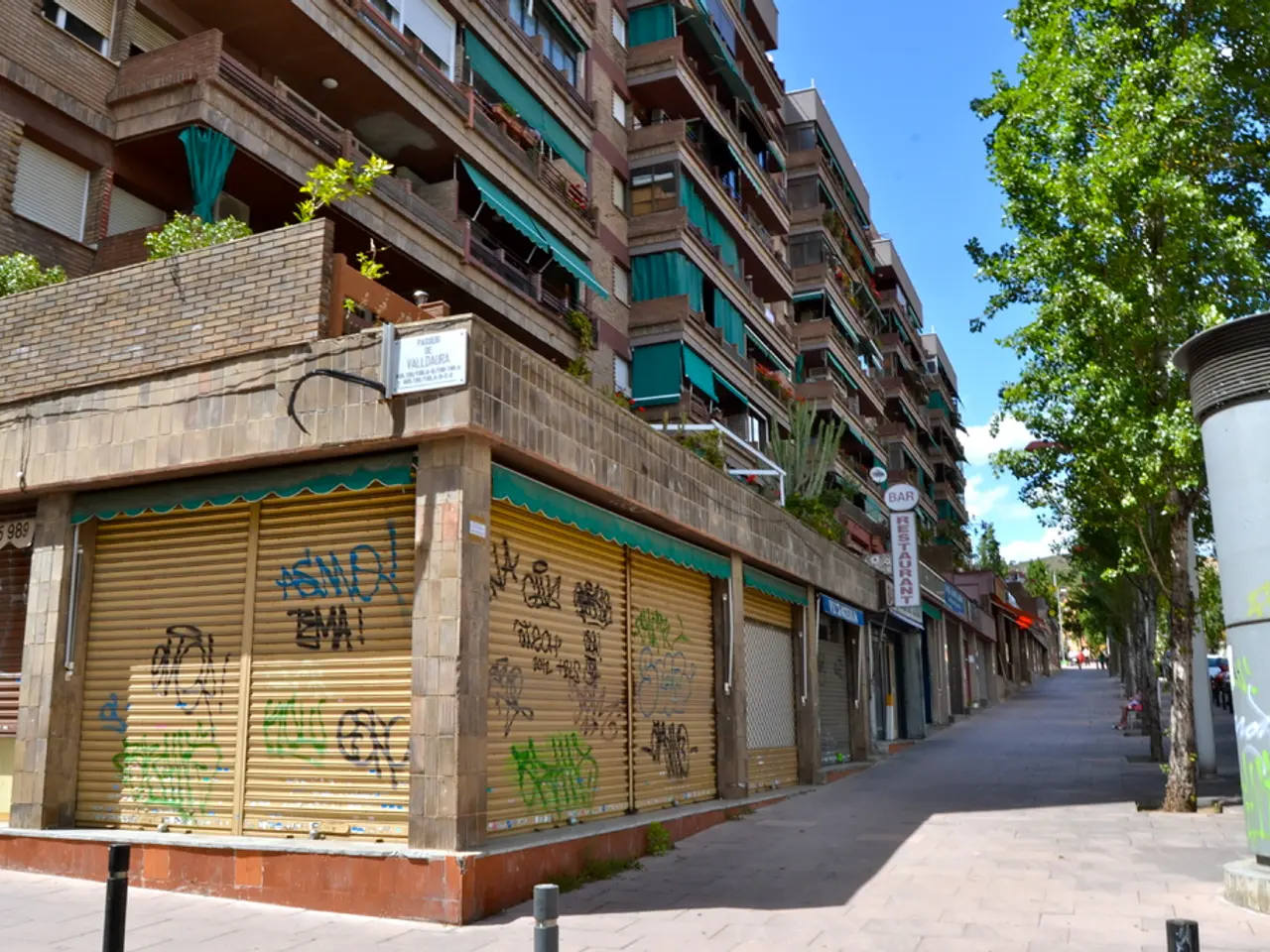Engineers' Impact on London Neighbourhoods Revealed by Youth Awareness
The Hidden Engineering project, a collaborative effort supported by the Royal Academy of Engineering, is aimed at educating and engaging secondary school pupils in London about the role of engineering in their daily lives and environment.
Key Components of the Project
The project is delivered by Sustrans and funded by the Royal Academy of Engineering. It involves engineers from various consultancies, development corporations, and local councils, including Islington Council, BeFirst, Project Centre, Aecom, Mott McDonald, Markides Associates, Useful Projects, and Expedition Engineering.
Partnership and Funding
The partnership and funding provide a platform for these engineers to engage more effectively with the public, especially pupils from diverse backgrounds who are under-represented in the engineering field.
Educational Impact
The project has been successful in inspiring nearly half of the participating pupils to explore engineering as a career path. It also helps upskill engineers to engage more effectively with the public.
Community Engagement
Pupils are encouraged to think about how their neighbourhoods can be redesigned to be more accessible and attractive. They learn about the elements of a "healthy street" and propose improvements to their local areas. This hands-on approach helps pupils understand the practical applications of engineering in their communities.
Project Highlights
- A shared learning experience was conducted with 20 engineers and 101 year 9 pupils, focusing on topics such as highways, drainage structures, and greening.
- The project has had an impact on the redesign of Fiddler's Green, with students discussing healthy street elements and potential improvements.
- The engineers delivered interactive walking tours and workshops, focusing on real-world sites designed by themselves.
- Students with additional needs were among the most engaged, especially during hands-on activities.
- Students got hands-on with engineering, testing sustainable drainage systems and navigating public spaces in wheelchairs.
- Nearly nine out of ten pupils (88%) felt the project gave them a better understanding of how engineering improves our lives.
- 75% of students said their understanding of "hidden engineering" improved significantly.
- One pupil described a healthy street in three words as "sustainable, diverse, and welcoming".
- Female and non-binary students showed strong interest in engineering careers, often leading the design workshops.
- Engineers gained confidence in public engagement, with 100% of surveyed participants finding the experience enjoyable.
By fostering these connections, the Hidden Engineering project seeks to diversify the engineering workforce and promote a deeper appreciation for the impact of engineering on public spaces and everyday life. The project provided learning opportunities that will be taken forward into future collaborations.
- The Hidden Engineering project, through its collaborative efforts and educational initiatives, not only encouraging personal growth and self-development in participating pupils by inspiring an interest in engineering as a career path, but also enhancing the learning experiences of engineers by upskilling them in public engagement.
- The project's approach to community engagement, focusing on hands-on learning experiences like testing sustainable drainage systems and redesigning neighbourhoods, not only helps pupils understand the practical applications of engineering in their daily lives, but also promotes personal growth and learning opportunities for both pupils and engineers.




